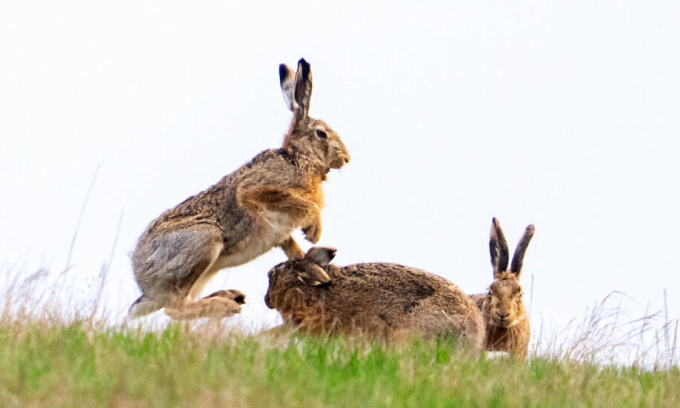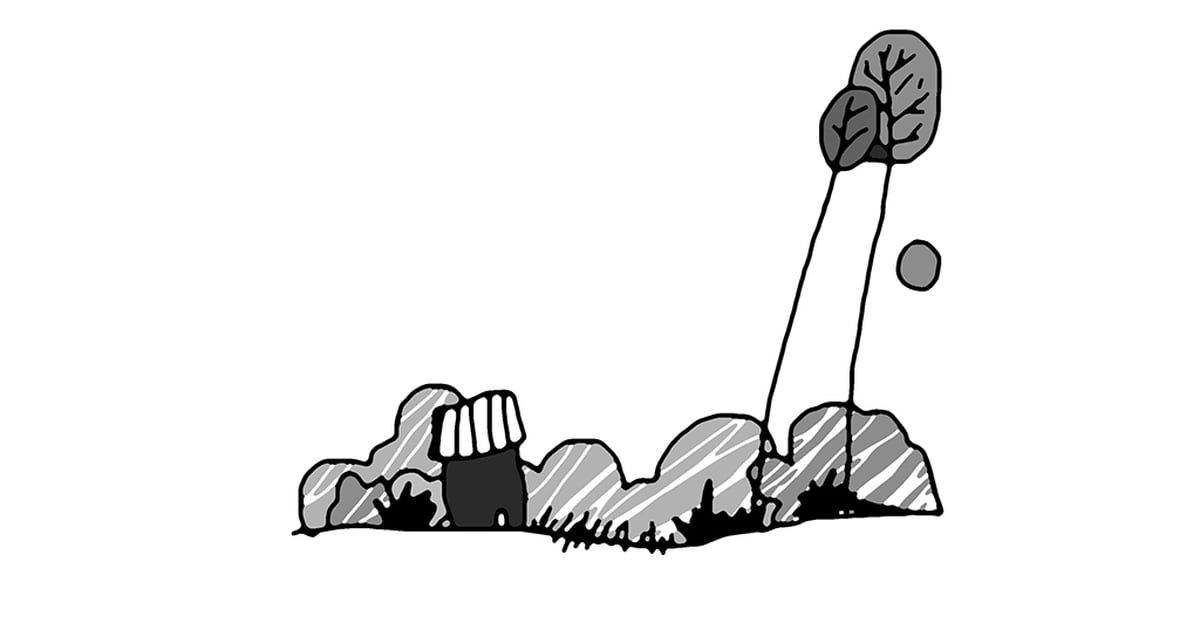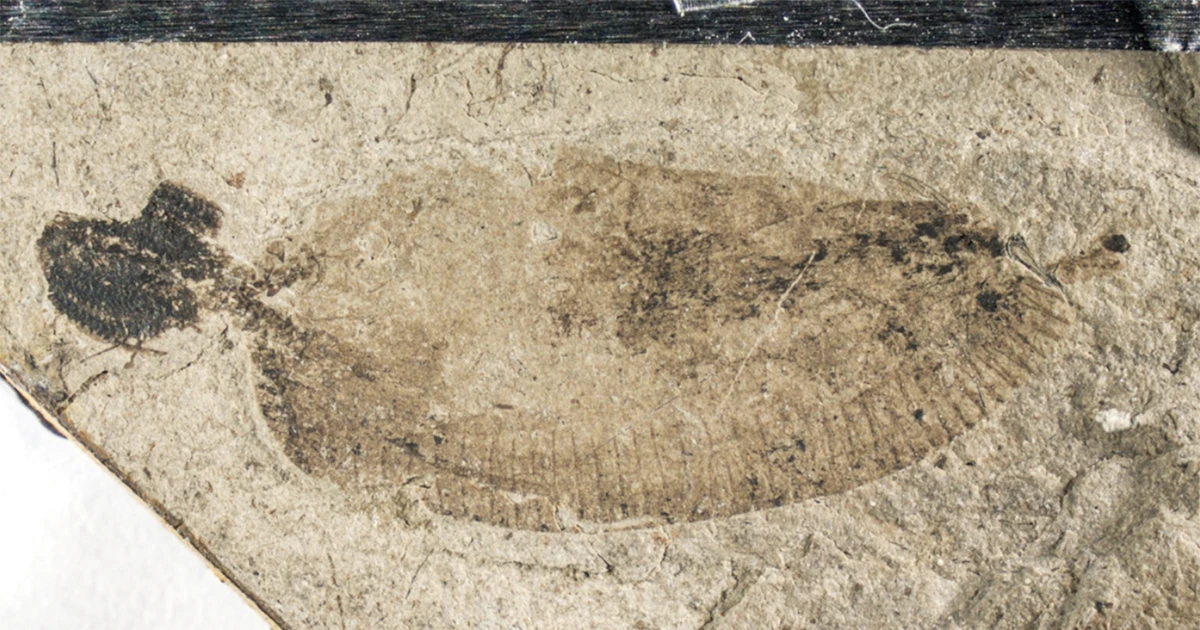Although often considered cute, rabbits are a dangerous invasive species in Australia, rapidly multiplying from 24 to hundreds of millions.

With their ability to reproduce and adapt well, rabbits quickly became a dangerous invasive species in Australia. Photo: AFP/APA/Georg Hochmuth
In 1859, Thomas Austin, a keen hunter in Victoria, Australia, brought back 24 breeding European rabbits ( Oryctolagus cuniculus ). More than 160 years have passed and according to research published in the journal PNAS in 2022, there are about 200 million rabbits roaming Australia, eating local plants, causing habitat degradation and threatening the survival of many native species.
With 7 litters a year, each litter averaging 5 surviving to reproductive age (3 - 4 months), rabbit populations grow rapidly. From the very first years, rabbits benefit from the absence of predators and the ability to adapt to new climates. This allows them to expand their habitat by about 110 km a year.
In 70 years, the species has invaded about 70% of Australia's land area. According to a report by Australia's national science agency CSIRO, this is the fastest known invasion of mammals in the world, AFP reported on September 3.
Rabbits are voracious eaters, devouring herbs, roots, seeds, and shrubs. They contribute to desertification, depriving other animals of food and damaging crops. According to the Western Australian Agriculture and Food Authority, rabbits cause about $130 million in damage to agriculture and horticulture each year.
Australia has tried many ways to limit the damage, from hunting and trapping to using bulldozers to destroying burrows, using poison and even explosives, but the rabbit population is still too great. In 1901, the country decided to build a 1,800 km fence to stop them from expanding into the farmland in the west. But by the time construction was complete, the rabbits had already crossed over. The fence has been extended several times, reaching more than 3,000 km, but to no avail.
Australia turned to Plan B, introducing predators such as foxes. However, things got worse as foxes turned to easier prey, including Australia's small marsupials, which were already at risk of extinction.
In the 1950s, the myxomatosis virus, which causes deadly tumors in rabbits, was introduced to Australia. At first, it seemed successful, with the rabbit population dropping from 600 million to 100 million. But the rabbits adapted and developed resistance to the virus.
A few years later, experts tried a new method of attack, using Spanish fleas to infect rabbits. Again, the plan failed. Worse, the pathogen spread to other species.
Another attempt was made in 1995 with a dengue virus. Effective against rabbits, the highly contagious pathogen was able to spread to other countries via mosquitoes. Two years later, it reached New Zealand, which was also overrun by rabbits. However, this approach worried scientists, who feared the virus might mutate.
Both Australia and New Zealand are classic examples of what not to do when it comes to introducing and managing invasive species, according to Elaine Murphy, a scientist at the New Zealand Conservation Agency. While rabbit populations appear to have stabilized at less than 300 million, the Australian government is still working on ways to permanently curb the problem.
Thu Thao (According to AFP )
Source link




![[Photo] Prime Minister Pham Minh Chinh chairs the Government's special meeting on law-making in April](https://vstatic.vietnam.vn/vietnam/resource/IMAGE/2025/4/13/8b2071d47adc4c22ac3a9534d12ddc17)





























![[Photo] Closing of the 11th Conference of the 13th Central Committee of the Communist Party of Vietnam](https://vstatic.vietnam.vn/vietnam/resource/IMAGE/2025/4/12/114b57fe6e9b4814a5ddfacf6dfe5b7f)































































Comment (0)